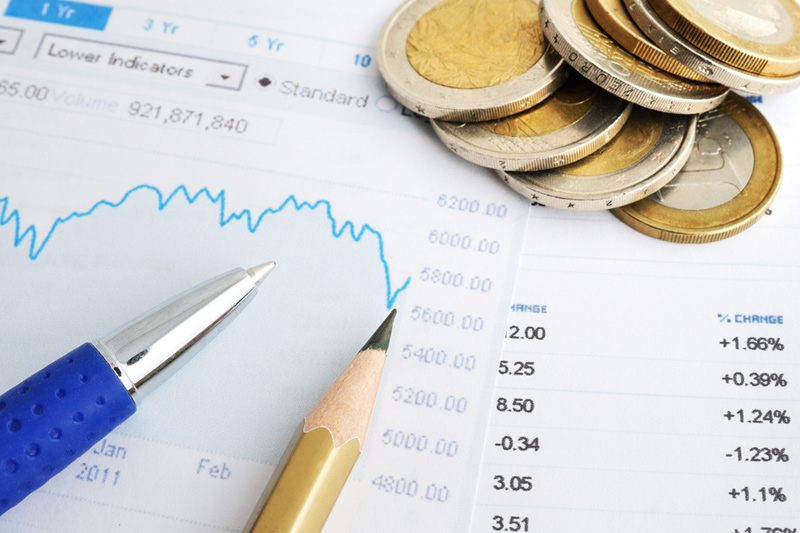US stock futures inch lower after Wall St marks fresh records on tech gains
Investing.com -- Fed Governor Michelle W. Bowman addressed the U.S. Monetary Policy Forum in 2025, providing insights into how monetary policy has influenced the U.S. economy in recent years. Her remarks centered on the transmission of monetary policy to real activity, particularly during the tightening cycle that began in March 2022.
Bowman praised the comprehensive analysis of the effects of monetary policy on economic activity presented at the forum, which estimated how monetary policy shocks affect gross domestic product (GDP) and employment. The paper suggested that a 1 percentage point increase in the federal funds rate has persistent negative effects on GDP and employment, with the most sensitive components of GDP being residential investment, business fixed investment, and durable goods consumption.
Bowman also addressed the Federal Open Market Committee’s (FOMC) efforts to bring inflation down to its 2 percent target over the past few years, noting that higher interest rates lower inflation by dampening aggregate demand and real activity. She suggested that it would have been interesting to see the effects of monetary policy on inflation as well.
Bowman also discussed the FOMC’s aggressive monetary policy tightening in response to surging inflation between March 2022 and July 2023. This resulted in a cumulative increase of 5-1/4 percentage points in interest rates, which, according to the average impulse responses, would lead to declines of about 2 percent on the level of real GDP and 1.5 percent on the level of employment.
The FOMC began raising the federal funds rate in March 2022 to combat rising inflation, with an overall increase of more than 4 percentage points in the policy rate by the end of 2022. Rate hikes continued in smaller steps the following year, adding to a 1 additional percentage point increase by July 2023.
Despite fears of an impending recession in 2022, the economy outperformed in 2023 as predictions of a recession never materialized and growth picked up. GDP growth in 2023 was driven by a rebound in goods consumption, some recovery in residential investment, and stronger government spending.
Bowman concluded her remarks by stating that the U.S. economy has experienced major shocks and structural changes since the pandemic, which may have influenced or masked the transmission of monetary policy to real activity. She emphasized that as the FOMC continues to make progress on approaching its 2 percent inflation target, the labor market and economic activity will become a larger factor in the FOMC’s policy discussions.
This article was generated with the support of AI and reviewed by an editor. For more information see our T&C.
